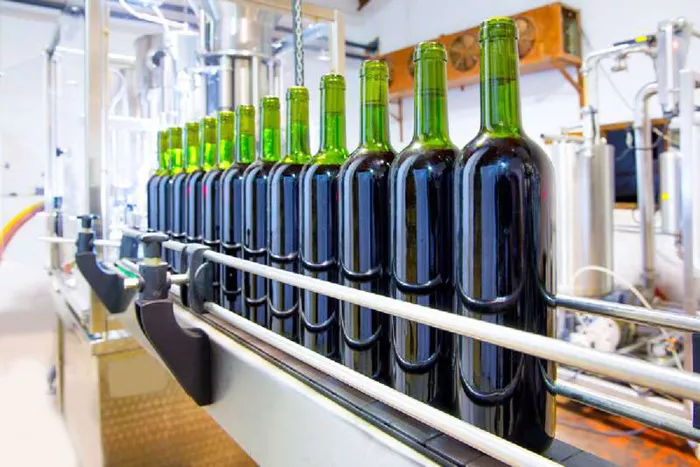As Burgundy red wines grow ever more elusive and expensive, wine experts are increasingly turning their attention to global regions producing compelling alternatives. Sommeliers in Singapore are championing a new generation of pinot noirs—and related varietals—that rival the elegance and complexity of Burgundy, offering fresh terroir expressions and remarkable value.
From the volcanic slopes of Sicily to the cool vineyards of Japan, here are six standout regions producing Burgundy-style reds that are captivating the palates of seasoned professionals.
1. Sicily, Italy – Etna’s Volcanic Elegance
The Etna DOC in Sicily is emerging as a compelling source of refined red wines, thanks largely to the Nerello Mascalese grape. Often blended with Nerello Cappuccio, this varietal produces wines with ripe red cherry notes, floral aromas, and a smoky, mineral-laden profile.
Roberto Duran, head sommelier of 67 Pall Mall Singapore, highlights the region’s complexity and ongoing division into “contradas,” or subregions, which reflect its diverse terroir. Key producers include Tenuta delle Terre Nere, Pietradolce, I Vigneri di Salvo Foti, and Federico Grazzini.
2. Victoria, Australia – Coastal Precision and Inland Power
Australia’s Victoria state offers two distinct expressions of pinot noir: refined and elegant along the coast, and bold and fruit-forward inland. Lesley Liu, head sommelier of Odette, recommends the wines of By Farr in Geelong—a family-owned winery producing exceptional pinot noir and chardonnay.
According to Liu, By Farr’s offerings stand out for their balance and depth, placing them among the most sought-after wines in Australia.
3. Jura, France – The Insider’s Burgundy Alternative
The Jura region, long favored by sommeliers, offers pinot noirs with freshness and nuance. Mason Ng, wine director of Park90 Singapore, identifies Domaine de Saint Pierre’s Arbois “Saint Pierre” as a standout, describing it as a clean, vibrant wine with layers of red cherries, currants, and subtle spices.
Other noteworthy Jura producers include Maxime Crotet, Domaine Ganevat, Domaine Labet, Domaine des Marnes Blanches, and François Rousset-Martin. With its cool climate and artisanal winemaking, Jura remains a hidden gem for pinot noir lovers.
4. Mosel, Germany – Slate-Soiled Sophistication
Though traditionally known for riesling, Germany’s Mosel region is increasingly celebrated for its spätburgunder—pinot noir in the German vernacular. The steep slate vineyards and cool climate yield wines of great aromatic complexity and acidity.
Roberto Duran praises Weingut Daniel Twardowski as a producer to watch, while Kathryn Wong, senior sommelier of Somma, recommends the Markus Molitor Graacher Himmelreich Pinot Noir *** Trocken 2017. She describes it as velvety and complex, with layers of blackberry, peony, and spice—worthy of comparison to Burgundy’s finest.
5. Hokkaido, Japan – A Rising Star in the East
Once overlooked, Japan’s northernmost island is gaining serious attention in the global wine community. Daisuke Shibuya, head sommelier of Terra, points to Domaine Takahiko’s Nana-Tsu-Mori as a benchmark for Japanese pinot noir. Elegant and ephemeral, it showcases red fruit purity and delicate structure.
Even established Burgundy producers, such as Domaine de Montille, have begun crafting wines in Hokkaido, underscoring the region’s growing international prestige.
6. Patagonia, Argentina – Southern Hemisphere Sophistication
Patagonia’s extreme climate—marked by wide diurnal temperature shifts and strong winds—allows grapes to ripen slowly, developing nuanced flavors while preserving acidity. Justin Wee, assistant head sommelier of Raffles Hotel, champions Bodega Chacra, founded by Piero Incisa of Sassicaia fame, for its refined and age-worthy pinot noirs.
Wee notes that while Argentina is best known for Malbec, Patagonia’s pinot noir is increasingly being recognized for its finesse and vibrancy.
As Burgundy prices continue to soar, these emerging regions are providing wine lovers and connoisseurs with compelling alternatives—each offering a distinctive expression of the grape, rooted in its local terroir. With endorsements from some of Singapore’s top sommeliers, these wines are more than mere substitutes; they represent a global reimagining of what fine pinot noir can be.
You Might Be Interested In:


